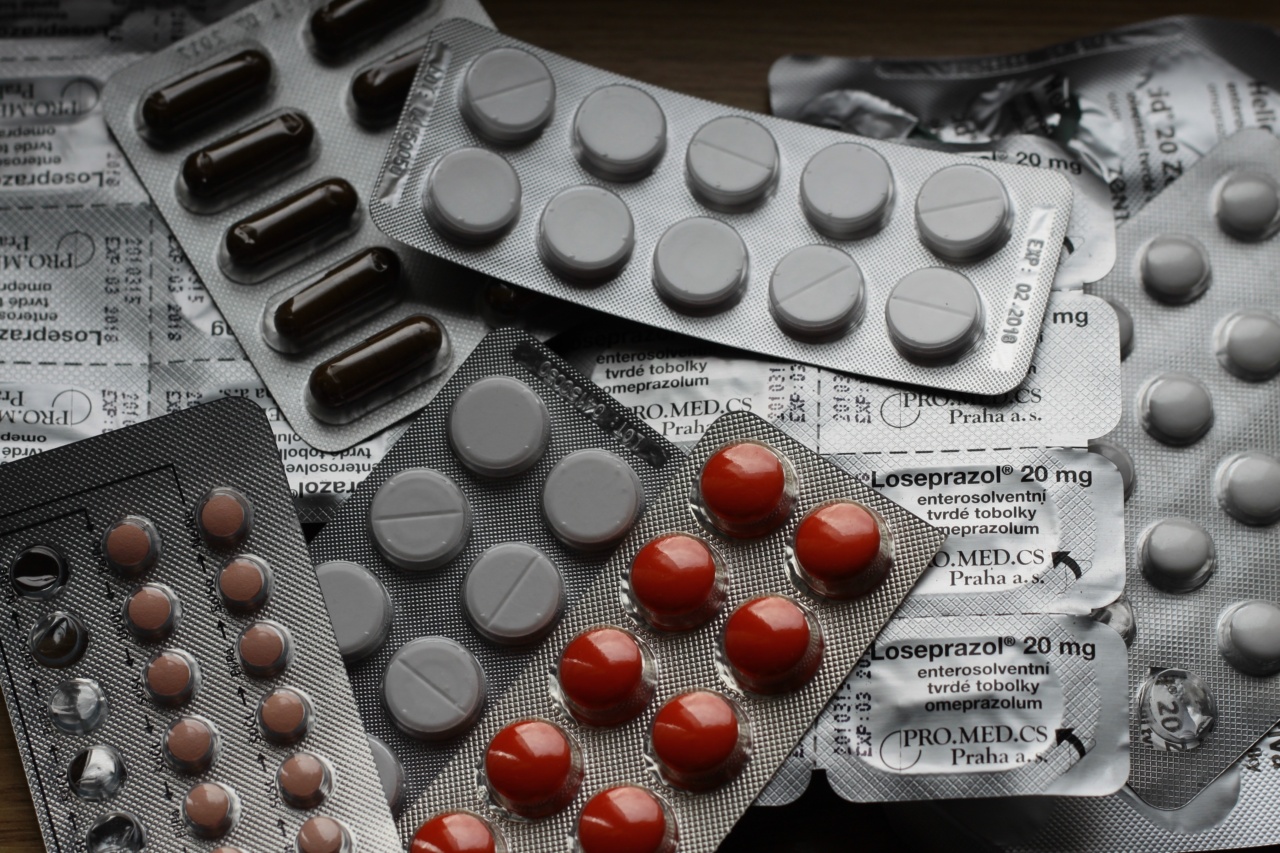Coffee is a popular and beloved beverage around the world. It is known for its ability to give you a jolt of energy and help you stay focused throughout the day.
However, coffee has another impressive ability that often goes unnoticed – the ability to alleviate pain. Whether it’s menstrual cramps, headaches, or muscle soreness, many people turn to coffee to help ease their pain. But how does coffee accomplish this feat? Let’s explore the science behind coffee’s pain-relieving properties.
Caffeine and Pain Perception
Caffeine is one of the main active ingredients in coffee that helps reduce pain. It is a powerful stimulant that can suppress the transmission of pain signals in the brain.
When you consume caffeine, it blocks the action of a neurotransmitter called adenosine. Adenosine is responsible for promoting relaxation and drowsiness and is also involved in pain perception. By blocking adenosine, caffeine can reduce the sensitivity of the nervous system to pain.
Additionally, caffeine has been shown to increase the production of certain neurotransmitters, such as dopamine and norepinephrine, which can enhance mood and decrease pain perception.
Anti-Inflammatory Properties
Coffee also contains compounds that have anti-inflammatory properties. Studies have shown that drinking coffee can lower levels of C-reactive protein (CRP), a marker of inflammation in the body.
Chronic inflammation is associated with a wide range of conditions, including arthritis, heart disease, and cancer. It can also exacerbate pain sensations.
One of the key anti-inflammatory compounds in coffee is chlorogenic acid (CGA). CGA is a polyphenol that is found in coffee beans and has been shown to have a wide range of health benefits.
CGA has been found to reduce inflammation in several studies, and it may also have pain-relieving effects.
Effects on Endorphins
A third way that coffee may alleviate pain is by affecting the endorphin system. Endorphins are natural painkillers that are released by the body in response to stress, exercise, and other stimuli.
When endorphins bind to receptors in the brain, they can reduce pain perception and induce feelings of pleasure and reward.
One study found that regular coffee consumption was associated with increased endorphin release in response to exercise. This suggests that coffee may enhance the body’s natural pain relief mechanisms by increasing endorphin levels.
Other Pain-Relieving Compounds in Coffee
In addition to caffeine and CGA, coffee contains other compounds that may have pain-relieving effects. For example, coffee contains quinic acid, which has been shown to have analgesic properties.
Quinic acid may work by inhibiting the release of certain neurotransmitters that are involved in pain perception.
Coffee also contains trigonelline, a compound that has been found to have anti-inflammatory and anti-nociceptive effects.
Trigonelline has been shown to reduce pain and inflammation in animal studies, although more research is needed to determine its effects in humans.
When to Drink Coffee for Pain Relief?
If you’re looking to use coffee for pain relief, you may be wondering when the best time to drink it is. Some studies have found that caffeine is most effective at reducing pain when consumed before the onset of pain.
For example, drinking coffee before a workout may help reduce muscle soreness later.
However, the timing may depend on the type of pain you’re experiencing and what’s causing it.
For menstrual cramps, some women may find it helpful to drink coffee during the first few days of their period, while others may find it more effective to drink it a day or two before their period begins.
How Much Coffee to Drink for Pain Relief?
The amount of coffee you need to drink to get pain relief may vary depending on the type and severity of your pain.
In general, studies have found that 200-400mg of caffeine (equivalent to 2-4 cups of coffee) can help reduce pain and fatigue in various conditions.
However, it’s important to note that too much caffeine can have negative effects, including jitteriness, anxiety, and insomnia.
It’s best to start with a lower amount and gradually increase if needed, and to monitor your body’s response to caffeine.
Conclusion
Coffee is much more than just a tasty beverage – it also has impressive pain-relieving properties.
The caffeine, anti-inflammatory compounds, and effects on endorphins and other neurotransmitters in coffee all work together to help reduce pain and improve mood. If you’re looking to use coffee for pain relief, it’s important to find the right timing and dosage that works for you.
And as always, it’s important to first consult with your healthcare provider before using coffee as a pain management tool.




























